Electric current and potential difference
Electric Current To make electric current flow, we need: When a circuit is closed (complete), the charge will flow around the circuit. A battery and a wire make the simplest circuit. The wire lets electric current flow from one end of the battery to the other, but this is not useful. The wire becomes very hot and the battery loses its stored energy – it stops working. To make the electric current do something useful, you need to add an electrical component to the circuit, that can use the current in a good way. Circuit symbols Circuit symbols Some common circuit symbols. Circuit diagrams
An electric current is the continuous flow of electrons in an electric circuit. As electrons carry a negative electric charge, this means an electric current is a flow of charge.
An electric current is a flow of charge, and in a wire this will be a flow of electrons. We need two things for an electric current to flow:
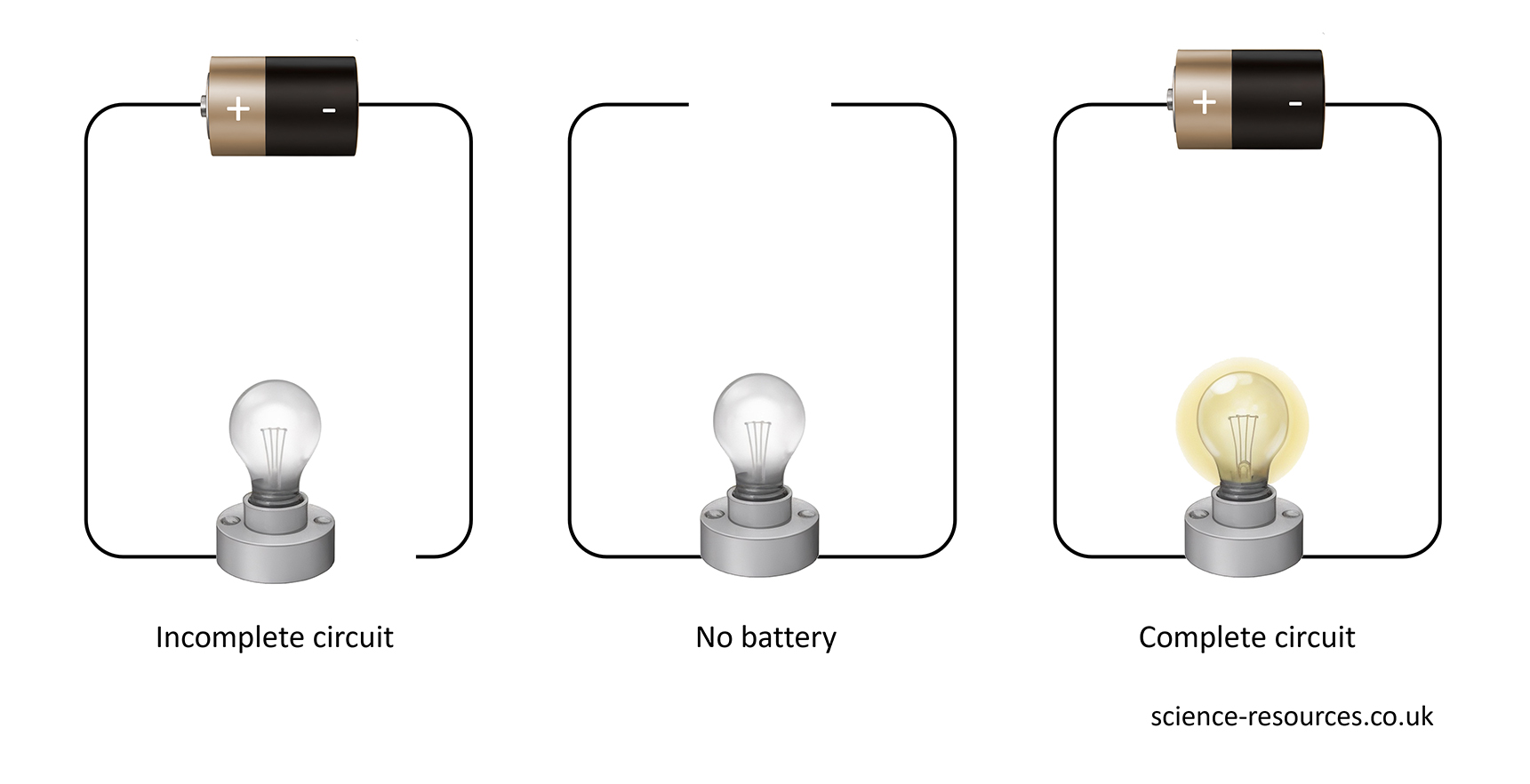 We often add a switch to the circuit. This lets us break the circuit and stop the electric current when we need to.
We often add a switch to the circuit. This lets us break the circuit and stop the electric current when we need to.
We use circuit symbols to draw diagrams of electrical circuits, with straight lines to show the wires. The image below shows some common circuit symbols.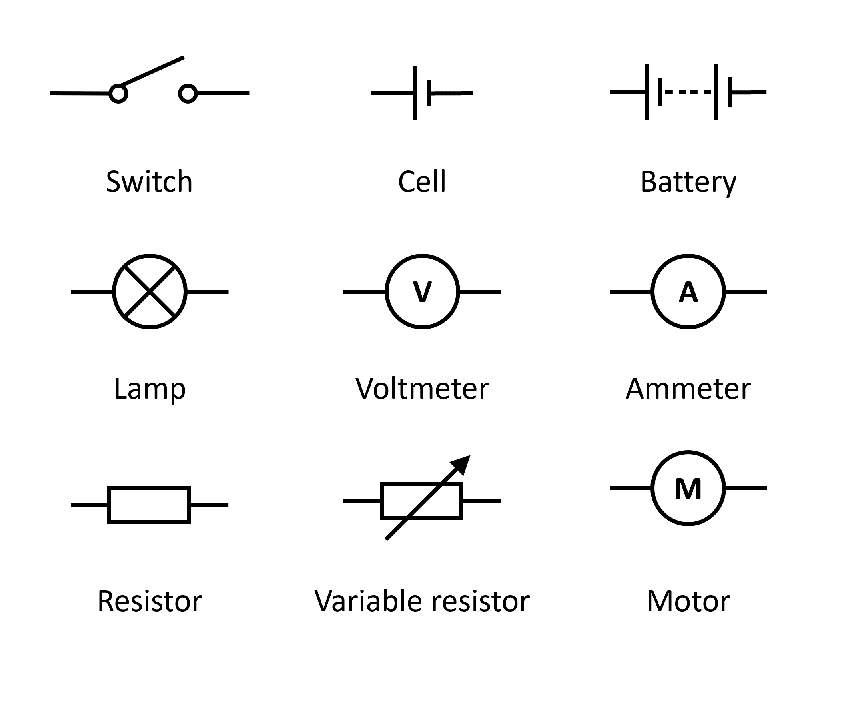
Cells and batteries
The symbol for a battery is made by joining two more symbols for a cell together: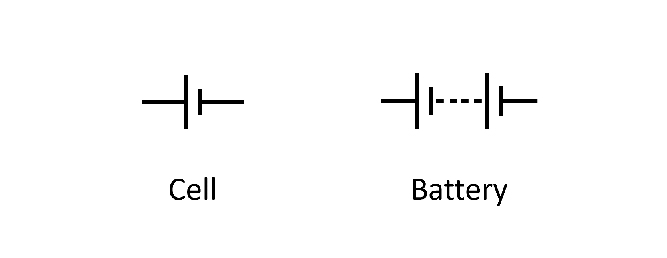
Circuit symbols are used to show the components in a circuit instead of drawing them.
In the image below you can see the symbols for a cell and a lamp in a circuit diagram.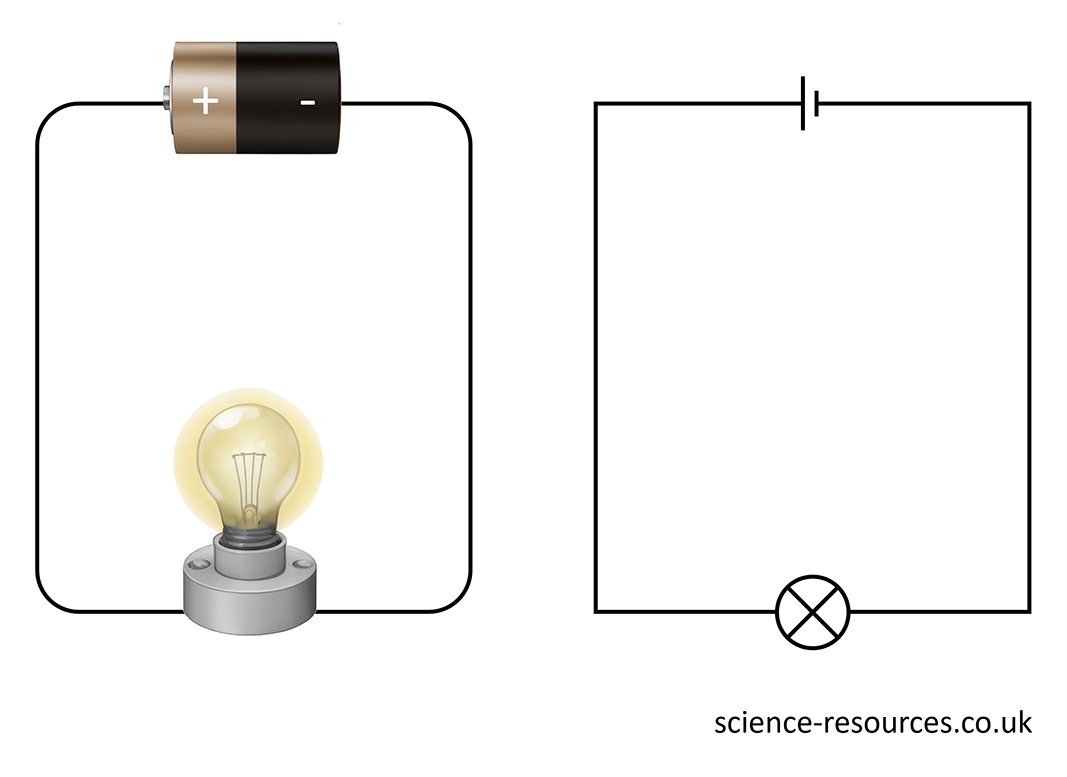 .
.
Measuring current We use an ammeter to measure current. For example, 5 A is a bigger current than 2 A. The word ampere is often abbreviated to ‘amp’ or ‘amps’. A circuit with an ammeter connected in series with a cell and lamp. Potential difference For example, 230 V is a bigger potential difference than 12 V. Measuring potential difference A circuit diagram showing a voltmeter in parallel with a lamp.
Current is measured in amperes, also known as amps or (A). The higher the charge, the larger the current. The circuit symbol for an ammeter is: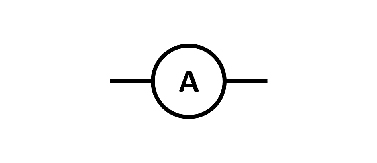
Below is a diagram of a circuit with an ammeter. When placing an ammeter in a circuit, it must be placed in series with the circuit, so that the current you are measuring flows through the ammeter.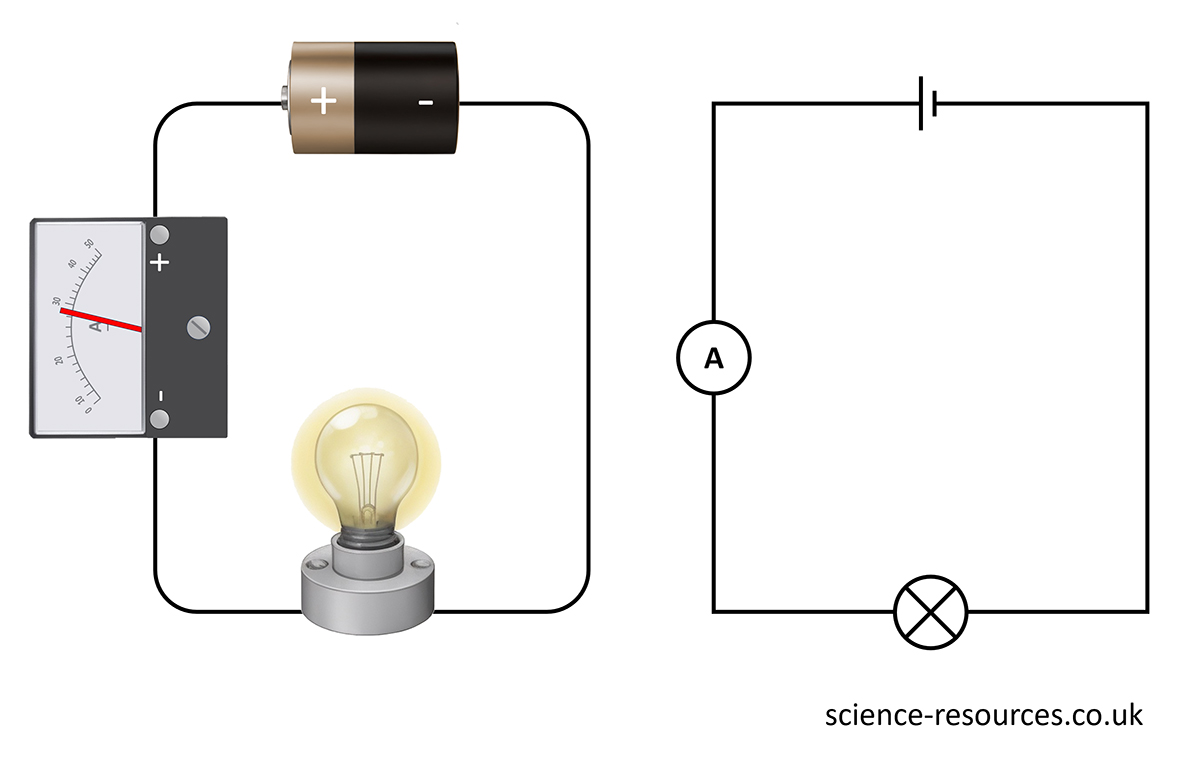
Potential difference (also known as voltage) is the difference in energy between two components of a circuit. The higher the difference, the higher the potential difference.
The symbol for volts is V.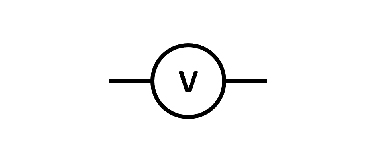
Note: The word ‘voltage‘ is often used instead of ‘potential difference’.
We measure potential difference using a voltmeter. However, unlike an ammeter, you must connect the voltmeter in parallel to measure the potential difference across a component in a circuit.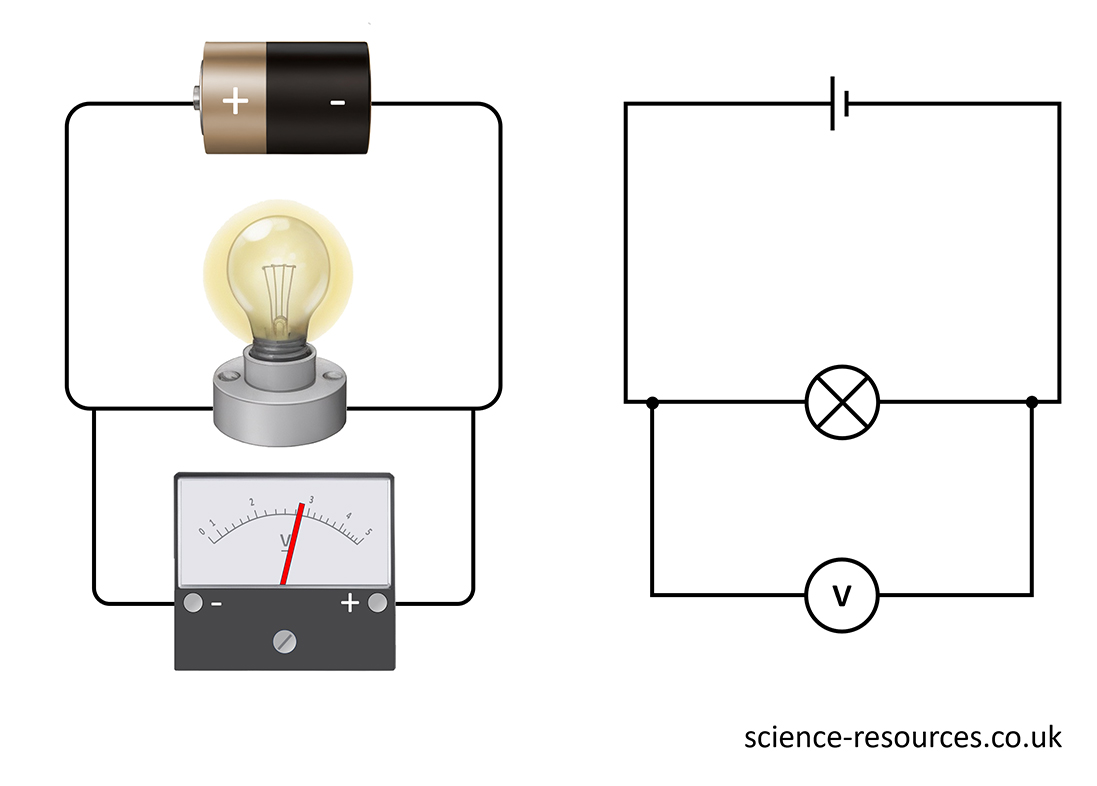
If we wanted to measure the potential difference (or voltage) of the lamp in the above diagram, we would connect a wire to either side of the lamp and then to the voltmeter. If we were to put the voltmeter in the same loop as the component we are measuring, it will not work.
Summary: